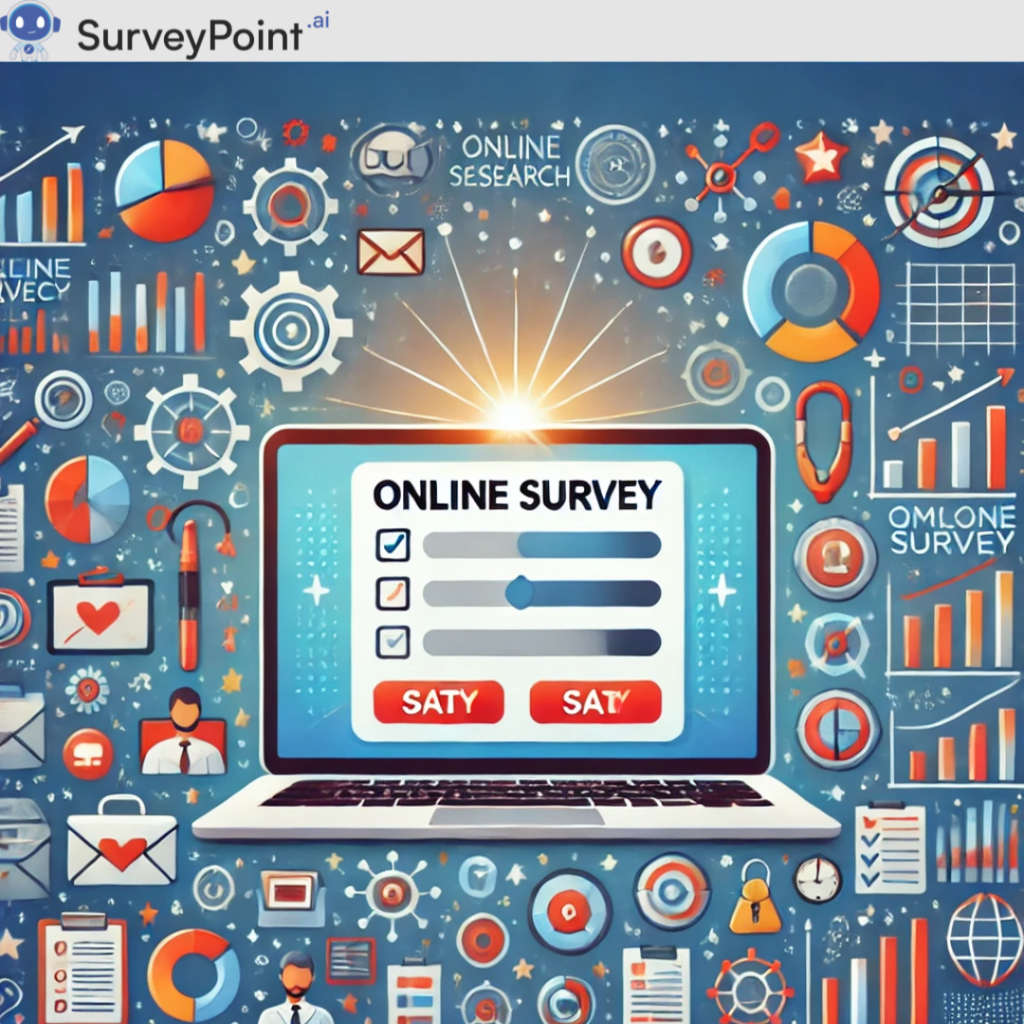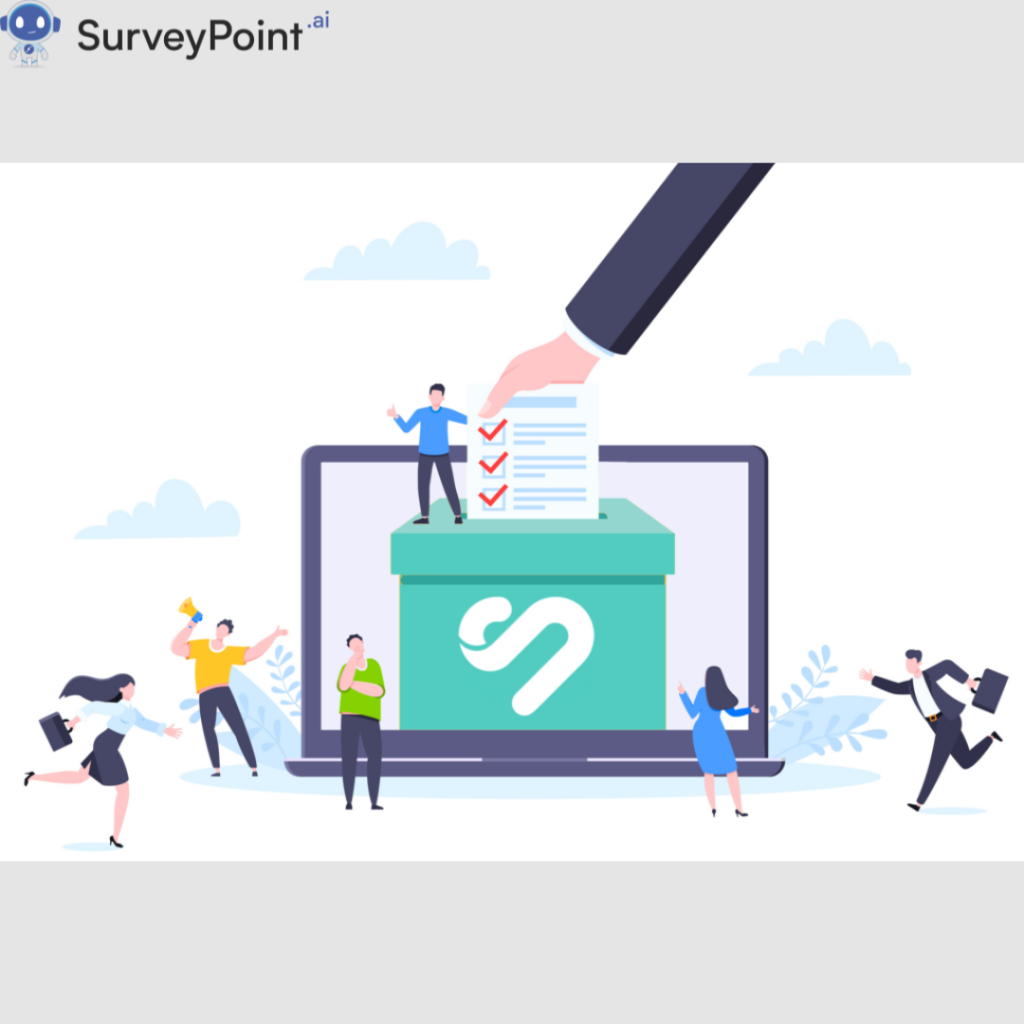
Customer Lifetime Value (CLV) is one of the most critical metrics for businesses aiming to build sustainable growth and profitability. By focusing on maximizing the value each customer brings over their entire relationship with your brand, companies can enhance profitability, optimize marketing spend, and improve long-term customer retention. In this comprehensive guide, we will explore the strategies, tools, and techniques that businesses can employ to increase Customer Lifetime Value (CLV) effectively.
What is Customer Lifetime Value (CLV)?
Customer Lifetime Value refers to the total revenue a business can expect from a single customer account over the entirety of their relationship. CLV is a critical metric in customer relationship management and helps companies evaluate the long-term profitability of acquiring, retaining, and nurturing customers.
The formula for CLV can be simplified as: CLV=(AveragePurchaseValue)×(PurchaseFrequency)×(CustomerLifespan)CLV = (Average Purchase Value) \times (Purchase Frequency) \times (Customer Lifespan)
Where:
- Average Purchase Value: The average amount a customer spends per transaction.
- Purchase Frequency: The average number of purchases a customer makes within a given period (e.g., monthly or annually).
- Customer Lifespan: The average duration (in years or months) a customer continues purchasing from your company.
In essence, increasing CLV involves finding ways to increase the factors that contribute to a customer’s value over time, such as boosting their purchase frequency, average order value, or retention rate.
Why is CLV Important?
Understanding CLV is crucial for a variety of reasons:
- Helps Optimize Marketing Spend: When businesses know the value of a customer, they can make informed decisions about how much to invest in acquiring new customers. The cost of acquiring a customer (CAC) should always be lower than the CLV for profitable growth.
- Improves Customer Retention: Increasing CLV requires improving customer satisfaction and loyalty. A higher CLV is often a byproduct of an effective customer retention strategy, which reduces churn and increases repeat business.
- Better Customer Segmentation: By analyzing CLV, businesses can segment customers based on their potential value. This allows businesses to target high-value customers with personalized offers, improving both sales and loyalty.
- Enhances Customer Insights: CLV data reveals trends and behaviors that help businesses understand which customers are most profitable, which products or services resonate most, and where they need to improve.
How to Increase Customer Lifetime Value
Increasing CLV isn’t just about getting customers to spend more money in the short term. It’s about building long-term relationships with customers that lead to repeated business, higher spending, and improved brand loyalty. Let’s explore effective strategies to increase CLV.
1. Deliver Exceptional Customer Service
Customer service plays a significant role in driving CLV. A positive customer service experience can not only increase customer satisfaction but also improve retention rates, thus extending the customer lifespan.
Tactics:
- 24/7 Availability: Make sure your customers can reach support at any time through live chat, social media, or email. The more accessible your support team, the more likely customers are to return.
- Personalized Support: Personalize customer interactions by addressing customers by name, understanding their history, and tailoring recommendations to their needs.
- Proactive Support: Don’t wait for customers to reach out with problems. Send proactive communications about issues that may affect them, such as delivery delays or software updates.
- Customer Feedback Loops: Regularly collect customer feedback through surveys, Net Promoter Score (NPS), and customer satisfaction scores (CSAT). Use this data to continually refine your customer service experience.
2. Increase Customer Engagement
Engaging customers in meaningful ways can significantly enhance CLV by encouraging repeat purchases, strengthening loyalty, and fostering an emotional connection with your brand.
Tactics:
- Loyalty Programs: Offer rewards for repeat purchases, referrals, or continued engagement with your brand. A well-structured loyalty program can increase customer retention and encourage higher spending.
- Email Marketing: Send personalized emails based on customer behavior (e.g., past purchases or browsing history). Offer exclusive discounts, product recommendations, or informative content that speaks to the customer’s needs.
- Content Marketing: Develop content that resonates with your target audience. Blog posts, tutorials, webinars, and videos can help establish your business as an expert in the field, keeping customers engaged and informed.
- Social Media Interaction: Stay active on social media and engage with customers by responding to their comments, sharing relevant content, and running promotions or contests that encourage customer participation.
3. Personalize Customer Experience
Personalization is a powerful strategy for increasing CLV. When customers feel that a brand understands and caters to their specific needs, they are more likely to return and spend more.
Tactics:
- Segment Your Customers: Divide your customer base into segments based on demographics, purchase behavior, or preferences. Tailor your marketing, messaging, and product offerings to meet the unique needs of each segment.
- Behavioral Targeting: Use data-driven tools to track customer behavior on your website, in your app, or in your store. Based on their actions (e.g., cart abandonment or repeated product searches), offer personalized discounts or product recommendations.
- Dynamic Pricing: Consider implementing dynamic pricing that adjusts based on customer loyalty or purchase history. Offering loyal customers personalized discounts can incentivize future purchases and increase overall value.
- Customization of Products/Services: Allow customers to personalize their purchases, whether it’s customizing a product or creating a tailored subscription plan. The more personalized the offering, the greater the perceived value.
4. Offer Subscription Models
Subscription-based models offer a great way to increase CLV by encouraging long-term relationships with customers. Subscriptions can also provide predictable revenue streams for businesses, making it easier to forecast future income and allocate marketing resources.
Tactics:
- Monthly/Annual Subscriptions: Offer products or services on a subscription basis, whether it’s a recurring delivery of products, access to exclusive content, or ongoing service provision.
- Auto-Renewal Options: Make it easy for customers to renew their subscriptions automatically, ensuring they don’t forget to repurchase and increasing their lifetime value.
- Flexible Subscription Plans: Offer a variety of subscription options that can be customized based on customer needs. For example, a customer might want to increase or decrease the frequency of product deliveries depending on their preferences.
5. Enhance Product/Service Quality
Ensuring that your product or service consistently meets or exceeds customer expectations is one of the most effective ways to retain customers and boost CLV.
Tactics:
- Continuous Improvement: Actively seek feedback from customers about the features and functionality they want in your products or services, and continuously improve your offerings based on this feedback.
- Quality Control: Ensure that your products are free of defects, your services meet high standards, and your brand reputation is upheld at all times.
- Value-Added Services: Offer supplementary services, such as free shipping, extended warranties, or product tutorials, that enhance the value proposition of your offering.
6. Retarget Existing Customers
Acquiring new customers is expensive, and the cost can often outweigh the benefits if those customers don’t become repeat buyers. Retargeting existing customers is a more cost-effective strategy for increasing CLV.
Tactics:
- Retargeting Ads: Use retargeting ads to remind customers of products they’ve previously shown interest in or abandoned in their cart. Retargeting is a proven way to recapture lost sales.
- Cross-Selling and Upselling: Offer customers complementary products or upgrades based on their past purchases. For example, if a customer bought a smartphone, you could offer them accessories or an extended warranty.
7. Improve Customer Retention
Customer retention is a key driver of CLV. The longer a customer stays with your brand, the more value they will bring over time. Developing a strategy to reduce churn is essential for maximizing customer lifetime value.
Tactics:
- Onboarding Experience: Provide an excellent onboarding experience for new customers, guiding them through your product or service and explaining the value it offers. A positive first impression can lead to a longer customer lifespan.
- Customer Support Channels: Ensure customers can easily reach your support team through various channels (live chat, email, phone). A fast response time can prevent issues from escalating and improve customer satisfaction.
- Exit Surveys: If a customer decides to stop using your product or service, conduct an exit survey to understand why. Use this feedback to improve your offerings and prevent future churn.
8. Leverage Data and Analytics
Data is a goldmine when it comes to increasing CLV. By understanding your customers’ behavior, preferences, and pain points, you can tailor your marketing, product offerings, and customer support to maximize long-term value.
Tactics:
- Customer Segmentation: Segment your customers based on factors like demographics, purchase behavior, or frequency of engagement. This helps you create targeted campaigns and personalized offers.
- Predictive Analytics: Use predictive analytics tools to forecast future customer behavior, such as the likelihood of repeat purchases or potential churn. This allows you to take proactive actions.
- Churn Analysis: Analyze churn data to identify why customers leave and develop strategies to prevent them from doing so in the future.
9. Develop Strategic Partnerships
Strategic partnerships with other businesses can increase CLV by offering customers added value that they may not find with your product alone.
Tactics:
- Co-Branding Opportunities: Partner with complementary brands to offer bundled products or cross-promotions. This can increase the perceived value for customers and lead to higher lifetime value.
- Referral Programs: Encourage existing customers to refer new customers in exchange for rewards or discounts
. Referral programs can help you acquire high-value customers who are more likely to stay and spend more over time.
10. Monitor and Measure CLV
Increasing CLV requires continuous monitoring and optimization. Regularly measure and analyze your CLV to understand what strategies are working and where improvements can be made.
Tactics:
- Track CLV Across Segments: Measure CLV for different customer segments and marketing channels. This can help identify which groups are most profitable and which require more investment.
- Benchmarking: Regularly benchmark your CLV against industry standards to ensure you’re staying competitive and on track with your goals.
- Customer Feedback: Continuously gather customer feedback to identify areas of improvement and measure customer satisfaction.
Conclusion
Increasing Customer Lifetime Value is not a one-time effort but an ongoing strategy that requires attention, resources, and dedication. By delivering exceptional customer service, personalizing experiences, leveraging data, and creating meaningful engagement opportunities, businesses can significantly increase the value of their customer relationships over time.
The ultimate goal of increasing CLV is to create a loyal customer base that consistently returns, spends more, and advocates for your brand. By prioritizing long-term value, businesses can enjoy sustainable growth, enhanced profitability, and a competitive edge in the marketplace.




